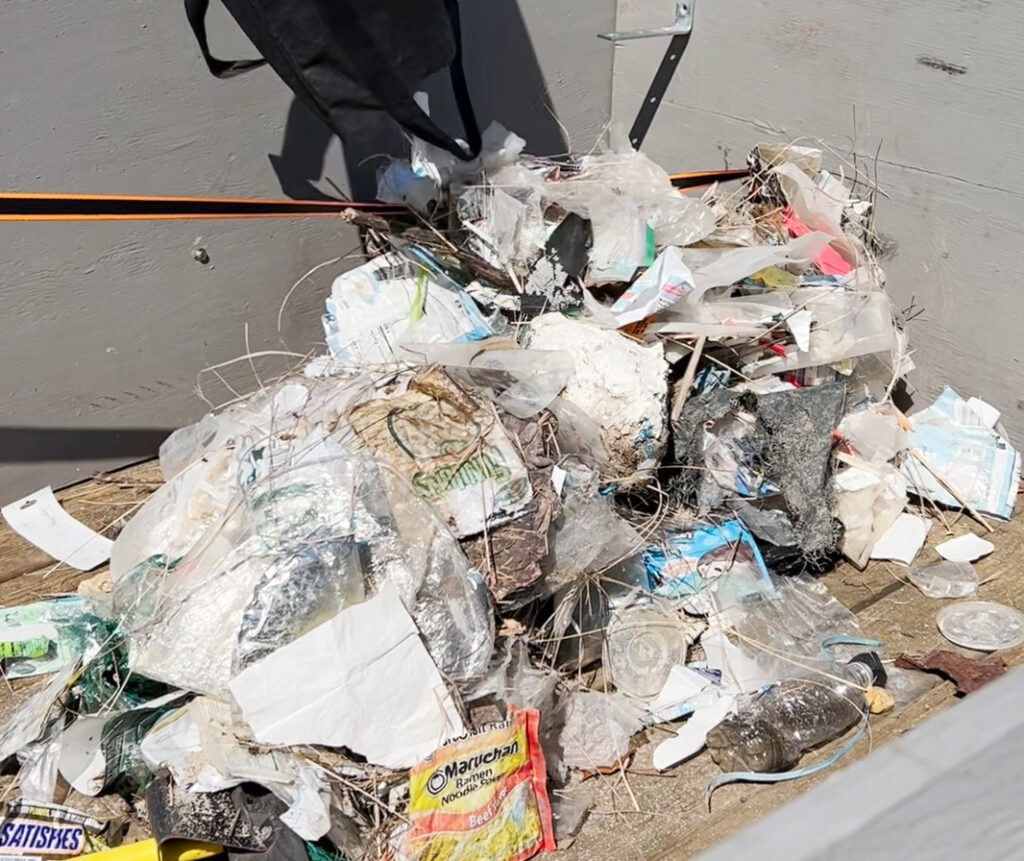Study recommends $5M groundwater recharge system for Greenport

A feasibility study evaluating wastewater reuse opportunities in Greenport has recommended installing a new groundwater recharge system on the Polo Grounds near Moore’s Lane.
Village Administrator Paul Pallas asked village trustees at a work session last Thursday for the go-ahead to search for potential grants to fund what could be a more than $5 million project.
The study, which was completed earlier this month by H2M architects and engineers, evaluated ways to reuse wastewater and avoid discharging treated effluent, or liquid waste, from the local sewage treatment plant into the Long Island Sound. Wastewater reuse is a strategy to combat declining water quality and, on Long Island, reduce water supply demand on the island’s aquifer system.
Mr. Pallas said potential uses evaluated for the study had to be near the wastewater plant, require minimal updates to the facility, have some control over human contact if used for irrigation and serve the purpose of groundwater recharge. “There was only one use that is really viable at this point in time and that’s for a series of recharge basins in the Polo Grounds,” he said.
“There’s two benefits,” Mr. Pallas added. “You’re putting water back in the aquifer. You’re also not putting nitrogen out into the Sound, so it reduces the nitrogen load into Long Island Sound.”
The plant operates under a State Pollution Discharge Elimination System permit that includes a group of five sewer districts in Suffolk County with a collective limit for nitrogen discharge. Reducing the village’s nitrogen load “really puts us in position where we wouldn’t have to be concerned about” the limit, Mr. Pallas said.
The privately funded Long Island Water Reuse and Action Plan Work Group has asked the village to present the study at an upcoming monthly meeting, according to Mr. Pallas. They may be able to help obtain grants for the project, he said.
The Long Island Sound Study, a bi-state partnership consisting of federal and state agencies, user groups, concerned organizations and individuals dedicated to restoring and protecting the sound, is also developing a list of projects and are slated to receive $104 million in federal funds, according to Mr. Pallas.
“We’ll be in touch with them as well, with this project,” he said. “I just want to make sure it’s alright with you all if I do make that presentation to the both of these groups.”
The H2M feasibility study recommended establishing groundwater recharge at the Polo Grounds on Moore’s Lane, but trustees asked Mr. Pallas to look into other locations as well. Mr. Pallas said the basins would not be visible or impact use of the property.
The study indicated that, right now, irrigation would be a more limited and expensive option, according to Mr. Pallas. “It might even be easier to get grant funding for this, because it’s a direct recharge to the aquifer,” he said.
“Basically what we would have is the Polo Grounds are going to be filled with cesspools to hold the wastewater from our plant. Is that what this is?” Trustee Julia Robins asked.
“That’s one way to look at it,” Mr. Pallas replied, and in response to another question, said the property’s character would not be changed “even a little.” Mayor George Hubbard Jr. later emphasized that the basins would contain treated water.
Some trustees expressed hesitation about pursuing funding, voicing concerns about potential costs falling onto Greenport taxpayers.
“The concept of recharging the aquifer, I think, is valid. You know, we’ve all heard that there is some significant concern of the aquifer getting depleted out on the North Fork. So this is a step in the right direction to help that situation,” Mr. Pallas said.
“Which is fine, but it’s all falling on the Village of Greenport taxpayers. Even if you get a grant, it’s a North Fork issue, it’s not just us,” Trustee Mary Bess Phillips responded.
“I was shocked when I read that report to realize that we have the shallowest aquifer on the island out here. So it is a concern. But as Mary Bess said, you know, should that responsibility fall entirely on the village?” Trustee Julia Robins added. Greenport relies on a sole aquifer that also happens to be the shallowest on Long Island, making it more susceptible to contaminants than deeper aquifers.
Mr. Hubbard expressed concern about the amount of traffic on the Polo Grounds and suggested thinking about different locations, but said it’s worth reducing the nitrogen discharged into the sound.
“That’s good for the whole northeast economy and everything else. So I think, to figure out if there’s a place where we can do it and get grants to cover it so that we’re not funding the whole thing by the village taxpayers ourselves, if we get funding to do it we’ll find a piece of property it can go,” he said.








